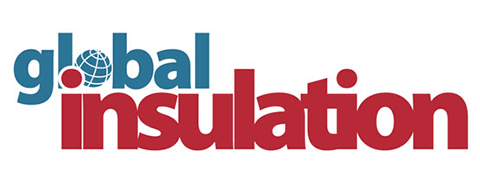US: The National Advertising Division (NAD) of the Better Business Bureau has recommended that Applegate Insulation discontinue certain claims for the company’s cellulose insulation products. However, it found the company could support its ‘R-value per inch’ claims. NAD is an investigative unit of the advertising industry’s system of self-regulation in North America.
The questionable claims included; “Some studies have shown boron might lower the risk of some cancers and is a chemical commonly found in vegetables such as almonds, apples … and pears, according to BoraxPioneer.” NAD also challenged; “The fire retardant additives used to manufacture Applegate are non-toxic. One of the additives, boric acid, is six times less toxic to humans than table salt!”
The North American Insulation Manufacturers Association (NAIMA) objected to comparative performance claims made by Applegate’s advertising that cellulose insulation provides superior energy savings over fibreglass insulation, resulting in consumers having significantly reduced heating and cooling bills. Applegate maintained that it has a reasonable basis for its energy savings claims based on the findings of three studies.
Following its review of the advertising and advertiser’s evidence, NAD determined that one of the reasonable messages conveyed by comparative performance claims which specifically reference ‘studies’ is that consumers will actually experience the same energy savings as reported in these studies. In this case, NAD found the advertiser’s evidence insufficient to support the challenged comparative performance claims and recommended the advertiser discontinue some of its claims.
NAD determined Applegate provided a reasonable basis for its ‘R-value per inch claims,’ noting that the evidence in the record supports a finding that Applegate’s cellulose insulation meets the exception to the Federal Trace Commission’s R-value rule and therefore, Applegate is not prohibited by that rule from making ‘R-value per inch’ claims.
In a statement Applegate said that it would take the NAD’s recommendations into account for current and future advertising materials.




